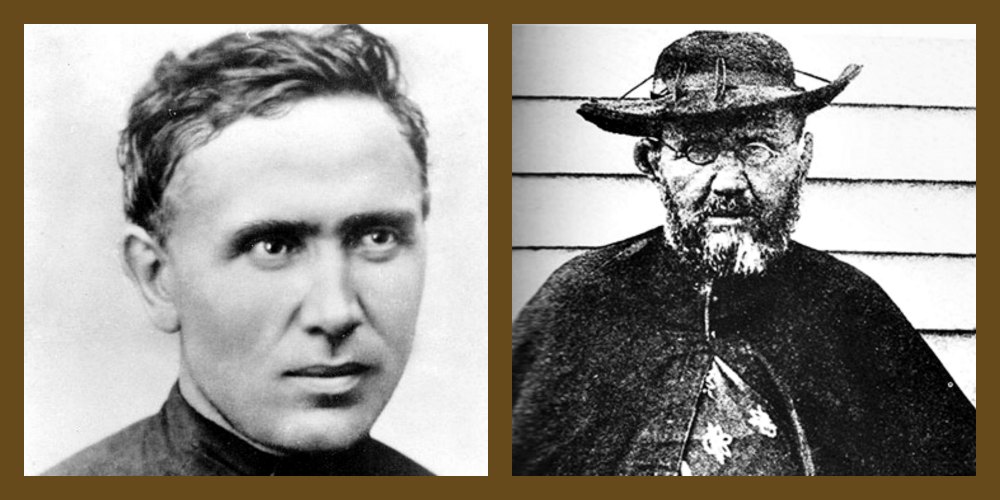Praying the Gospel through the Rosary: The Gift of the Luminous Mysteries
Submitted by Deacon Jim Krupka
Next in this series about the mysteries of the Rosary will be five articles on the Luminous Mysteries. Sometimes people see the Catholic Church as static and unchanging, with devotions frozen in time. Among the traditions is the Rosary. Tradition holds that St. Dominic (d. 1221) devised the Rosary as we know it. The structure of the Rosary evolved between the 12th and 15th centuries. By the 16th century, the form of the five-decade Rosary was in place. Also entrenched in tradition were three sets of mysteries: Joyful, Sorrowful and Glorious. In our modern era, Archbishop Fulton Sheen said, “The Rosary is the book of the blind, where souls see and there enact the greatest drama of love the world has ever known; it is the book of the simple, which initiates them into mysteries and knowledge more satisfying than the education of other men; it is the book of the aged, whose eyes close upon the shadow of this world, and open on the substance of the next. The power of the Rosary is beyond description.” He was describing praying the Gospel through the Rosary through meditation on the mysteries.
The traditional devotion of the Rosary continues to evolve. In 2002, Pope John Paul II wrote his apostolic letter, Rosarium Virginis Mariae, announcing the addition of the Luminous Mysteries. He referred to them as the Mysteries of Light. The Luminous Mysteries are: 1. The Baptism of Jesus, 2. The Wedding at Cana. 3. Proclamation of the Kingdom, 4. Transfiguration, 5. Institution of the Eucharist. In meditating on the Luminous Mysteries, we focus on critical events during Jesus’ earthly ministry that give us a window into who he was. These are the only Rosary mysteries that focus on the public life of Jesus. Pope John Paul II said it is important to add these mysteries to the history of the Rosary because there was a gap between the childhood of Jesus that is meditated upon during the Joyful Mysteries and the suffering and death of Jesus that is meditated upon during the Sorrowful Mysteries. It is fitting to call these the “Mysteries of Light” because they cause us to pray on Gospel passages that reveal Jesus as human and divine. Exposed is the great mystery of faith of Jesus’ incarnation, leading to his gift of the kingdom and presence in the Eucharist.
